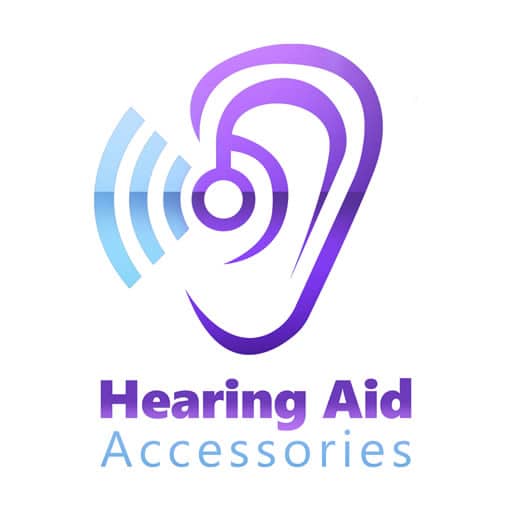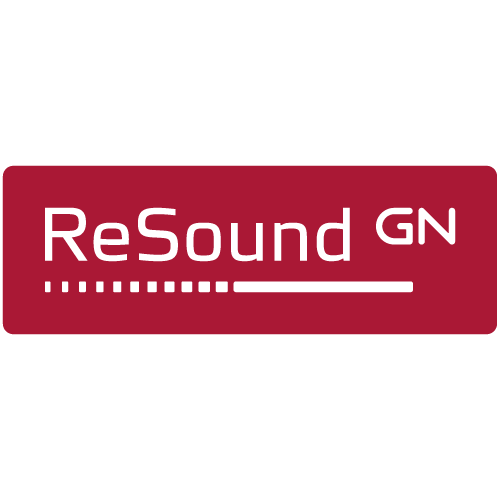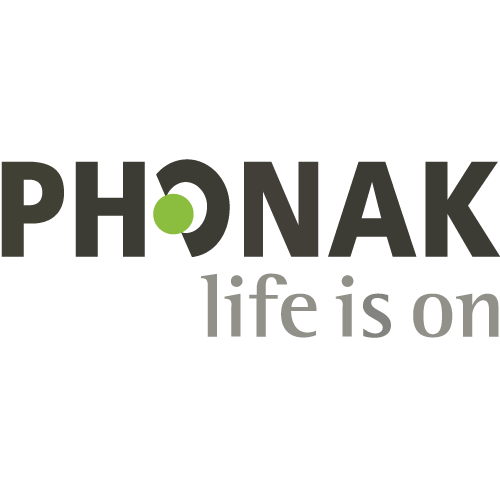As over-the-counter hearing aids become more and more popular, it’s important to take stock of exactly why a well-fit hearing aid is so important. Although it may seem tempting to simply buy your device off-the-shelf due to the cheaper price, it’s absolutely essential that your hearing aid is well fitted. Let’s take a look at some of the most common problems that people find when their hearing aids aren’t properly fitted and adjusted:
- The hearing aid is whistling or buzzing
Commonly known as feedback, this problem most often occurs when the hearing aid is not calibrated correctly or is loosely fitted. It happens when the microphone of the device picks up the audio from the speaker, creating an infinite loop which then results in a high-pitched whistling sound. To remedy this situation, one should always ensure that your device is correctly positioned, the tubing remains in place and the hearing aid is on the right setting.


- The hearing aid seems uncomfortable or keeps falling off the ear
There are several reasons why your hearing aid may not seem entirely comfortable. These range from a fault in the device (i.e. if it is cracked, twisted or broken somewhere) to outdated tubing (you should replace once every six months) to a poor fit. It’s always best to check with your audiologist before trying to correct the problem yourself, as your hearing aid may not necessarily need a replacement, but perhaps a re-adjustment.
- The hearing aid sounds distorted or quiet
You should always check whether or not the tubing on your hearing aids has any signs of moisture or condensation if your device doesn’t sound quite right. The best way to do this is to hold your hearing aid between your thumb and fingers and flick it quickly downwards. That way, you can expel any excess moisture without damaging the device itself. Failing this, the battery may need a replacement, your tubing may need changed or it quite simply isn’t adjusted properly to your hearing loss.


- A sore or aching area where the hearing aid fits
If your hearing aid is new, you may find it causes a sore spot after a few initial days. This could be due to a poorly-shaped ear mould, a bad fit or an incorrect placement. The best way to counteract this is to go back to your audiologist and check whether or not any of the aforementioned situations have occurred.
- The hearing aid isn’t helping my hearing loss
One of the riskier factors in buying over-the-counter is the degree to which your device actually helps with your hearing loss. Very often, people will overcorrect their devices so that they are louder than they really need to be. In the long-term, this means that your hearing will get worse for a perceived short-term benefit. That’s why it’s so crucial to get the best advice from your audiologist rather than just relying on your own intuition – although it may seem right to you, it may end up doing more harm than help.

Each of these issues outlines the ongoing and essential role that audiologists have. If you’re worried that your hearing aid is not fitted correctly and have experienced any of the above issues, why not get in touch with our sister company, , to get your hearing checked today.









